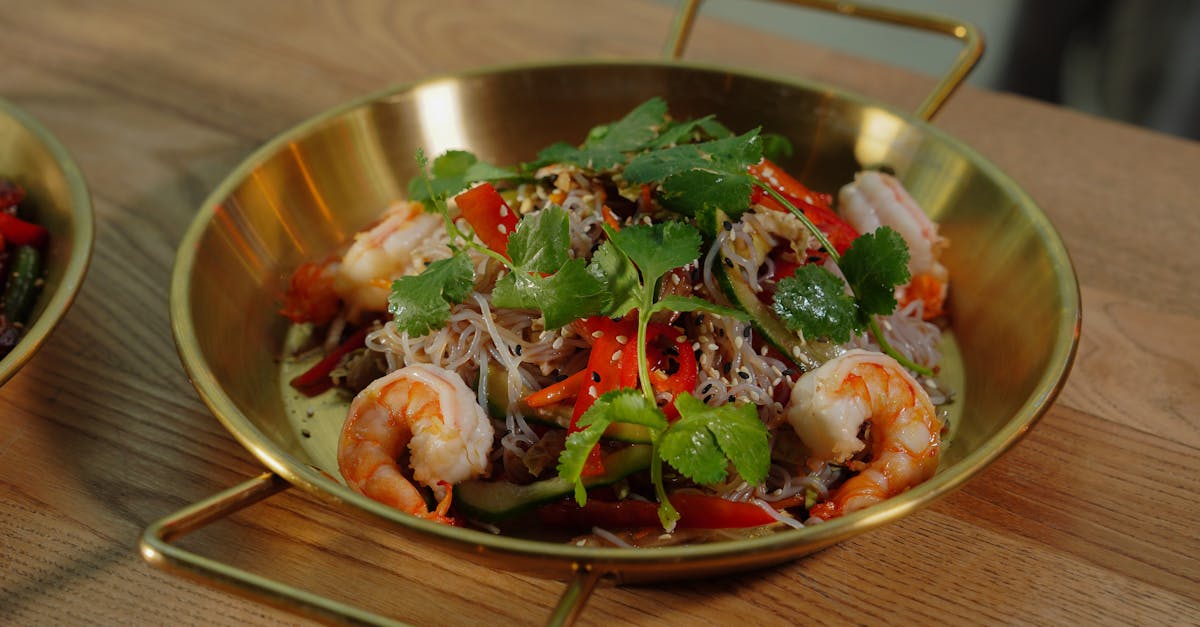
Introduction
In the ever-evolving culinary landscape, flavor fusion has emerged as a pivotal trend reshaping how we experience food. As global cultures meld and share, chefs and food enthusiasts are increasingly experimenting with ingredients and techniques from disparate culinary traditions. This blending of flavors creates a rich tapestry of taste, offering diners unique experiences and enhancing cultural dialogue. But what exactly is flavor fusion, and why has it become so prominent? From upscale restaurants to street food vendors, this trend highlights the creativity of culinary creators. Explore how this eclectic movement has influenced dining choices, palates, and the future of food.
The Origins of Flavor Fusion
Flavor fusion is not a new concept, as the culinary world has long seen cultures borrowing flavors, cooking methods, and ingredients from one another. Rooted in historical trade routes and conquests, fusion cuisine has evolved throughout centuries. For instance, the blend of Italian pasta with Asian spices is a testament to old-world mingling. In the late 20th century, chefs began formally acknowledging and structuring fusion cuisine, inspired by global travel and immigration patterns. The amalgamation of taste offers both an opportunity to innovate and preserve tradition, a balancing act that plays a significant role in this trend's intrigue. Today, you see this influence across various cuisines, reflecting the rich history of culinary exchange.
Iconic Fusion Dishes
Throughout the world, certain dishes have come to symbolize the essence of flavor fusion, gaining popularity for their unconventional yet harmonious taste. Sushi burritos, a mix of Japanese and Mexican cuisine, have become popular among urban food enthusiasts, offering a robust explosion of both cultures. Similarly, the Korean taco combines the bold spices of Korean barbecue with the casual, handheld format of the taco. The infamous California Roll initiated the trend of sushi fusion, incorporating avocado and crab in a nod to Western flavors. These dishes exemplify the creative spirit of fusion cuisine, appealing to those seeking something both familiar and adventurous.
The Role of Street Food
Street food has been a natural breeding ground for flavor fusion, where culinary creativity thrives. Vendors are often first to blend unlikely flavors, creating an informal and accessible space for food experimentation. In the bustling streets of cities like Bangkok, Los Angeles, and Mexico City, combinations like Indian samosa wraps and Vietnamese banh mi tacos have emerged. These offerings are a testament to how individuals are open to tasting and embracing new flavors in familiar formats. Moreover, street food's affordability allows for greater innovation, making it a significant contributor to the popularization of flavor fusion globally.
The Influence of Chefs and Restaurants
Renowned chefs have played a pivotal role in legitimizing and expanding flavor fusion in modern cuisine. By adopting an experimental approach, they frequently blend culinary boundaries, crafting menus that defy traditional categorizations. Chefs like Nobu Matsuhisa, famous for his Japanese-Peruvian fusion dishes, and Roy Choi, credited for his Korean-Mexican bulgogi taco, have developed iconic dishes that inspire others. Restaurant environments foster such creativity, where cross-cultural culinary talents collaborate and innovate. Although some checklists caution against an overly adventurous palette, the culinary world continues to explore fusion themes, reflecting confident creativity that dares to break gastronomic rules.
Technology's Contribution to Flavor Trends
Technology and analytics offer new insights and catalyze flavor fusion trends. Big Data is increasingly used by culinary experts to establish flavor pairings that work well together. Apps and digital platforms even suggest interesting combinations based on user preferences, broadening consumers' culinary experiences. Innovative kitchen appliances also allow chefs to experiment with international styles more efficiently, enabling precision in fusion cooking. Technology ensures greater dissemination of new culinary ideas, making flavor fusion accessible not only to high-end restaurants but to home kitchens worldwide. This seamless array of tools and insights offers diverse ways in which food, taste, and technology interlock.
Cultural Sensitivity and Responsibility
Cultural appropriation remains a nuanced issue within the flavor fusion landscape. While blending culinary traditions can be enriching and celebratory, it is crucial to prioritize respect and authenticity. Some chefs and diners raise concerns over the potential dilution of cultural heritage, underscoring the need for integration of knowledge about the cuisines they draw from. By engaging with cultural experts and amplifying traditional voices, food creators can ensure their fusions are respectful and grounded in authenticity. With an attentive and appreciative approach, flavor fusion can bolster cultural understanding, reflecting a conscious effort to honor the roots of each influential cuisine.
Fusion's Role in Sustainability
Incorporating local, seasonal, and sustainable ingredients into fusion cuisine allows chefs to innovate responsibly. Doing so means embracing a broader array of underutilized produce, ultimately minimizing waste. By sourcing ingredients conscientious of the environment, the culinary industry can foster both creativity and a sustainable culture. Fusion cuisine, with its inventive spirit, offers potential solutions to food sustainability challenges, drawing on global inspiration to develop healthier and more eco-friendly dishes. Chefs recreating familiar recipes with local alternatives exemplify how flavor fusion can contribute positively to the earth’s health.
Criticism and Its Response
Despite its popularity, not everyone embraces fusion cuisine. Critics argue that haphazard blending can lead to confused or subpar dishes. Purists may feel fusion undermines traditional authenticity, creating a culinary identity crisis. Nevertheless, proponents argue that fusion excites diners by introducing them to new experiences, an essential element of culinary evolution. Successful fusion ultimately relies on balance, ensuring that combinatory elements enhance rather than overwhelm the dish. Restaurants wisely vet flavor pairings by understanding the symbiosis of flavors and meticulous trial and error, dismissing misconceptions and celebrating genuine culinary innovation.
Conclusion
Flavor fusion celebrates the ever-evolving tapestry of the culinary world, blending international ingredients, techniques, and concepts to create tantalizing new experiences. Street vendors, innovative chefs, and advanced technology all contribute to this exciting trend, demonstrating how the art of cooking is a dynamic process open to endless exploration. As cultural sensitivity and sustainability become more entwined with cuisine, flavor fusion offers promising pathways for the future of food. Although fusion is not free from critique, its ability to challenge boundaries reaffirms its pivotal role in modern dining culture. As global palates continue to expand, the prospects for fusion cuisine hold exciting potential on the horizon.